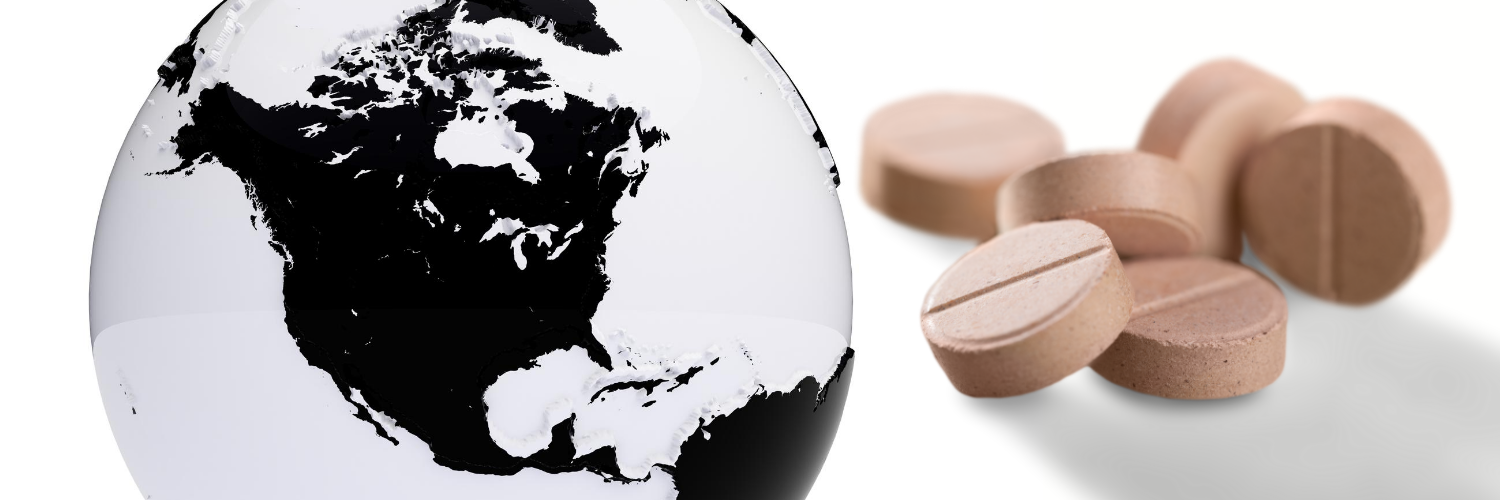What is the fastest way to get rid of a yeast infection?

Yeast infections, also called vulvovaginal candidiasis, occur when the yeast culture candida albicans gets a little too comfortable in the vagina, triggering your immune system. The result is an infection that ranges from uncomfortable to downright unbearable. Symptoms include pain during urination, pain during intercourse, abnormal vaginal discharge, and pruritus (itching). Treatment can be swift and simple: A single-dose treatment of an antifungal cream, usually of the -azole variety (e.g. terconazole cream), will treat the infection in one to three days.
Candida albicans
What is candida albicans?
Candida albicans is a fungal pathogen that happens to live in our bellies already. Our body relies on many different bacteria and fungi to aid in digestion; c. albicans is one of these lucky few. However, under the right conditions, c. albicans can colonize different parts of the body, resulting in a fungal infection. The vagina is not its only conquest: C. albicans can infect the skin, the mucus membranes (often the esophagus and surrounding areas), and even the bloodstream (systemic infection).
How does candidiasis occur?
Candidiasis occurs when circumstances in the biome shift, allowing for a proliferation of the fungus. New medication, particularly antibiotics, may make you more vulnerable to infection. In the case of the vagina, things like hormone shifts — including pregnancy, which increases incidences of vaginal candidiasis – and external irritants may give the fungus a greenlight. Per the CDC, around 20% of people with vaginas have c. albicans without any demonstrable symptoms. This can change with any number of environmental triggers.
What did I do to get a yeast infection?
Getting a yeast infection is as easy as taking antibiotics for another infection and finding yourself with a brand new one. (Everything comes at a price!) There are other risk factors. A 2018 study found that the following factors appeared to lead to a greater incidence of vulvovaginal candidiasis:
-
"Sedentary lifestyle
-
[Frequently] wearing tights
-
Frequent intravaginal douching
-
Having the first sexual encounter when being under 20 years old
-
The number of sexual partners being over two
-
History of curettage [a form of abortion]
-
History of vaginitis
-
Not cleaning the vulva before or after sexual life"
In general, keeping the vagina yeast-free is a matter of keeping it clean. This means taking proper care before and after sexual intercourse and wearing clothing that allows the vagina to breathe (so to speak).
Does cotton underwear help prevent yeast infections?
Cotton underwear may indeed help you avoid a yeast infection. Materials like spandex, latex, and polyester can trap moisture on the vulva, providing a better environment for c. albicans to flourish. (Cotton is more capable of wicking moisture away from the body.) Exercise, then, can be a prime yeast assistant. Wearing spandex during a sweat session is not a recipe for a yeast infection, per se, but wearing spandex during a workout without showering for a prolonged period of time is.
Cotton underwear is the opposite of synthetic fabrics. Entirely organic, cotton does not trap moisture, instead allowing the barrier between your nethers and the outside world to be permeable. If you suffer from persistent yeast infections, you may have to set the polyester aside for some good ole Hanes.
Does cranberry juice help prevent yeast infections?
Cranberry juice may help prevent urinary tract infections (UTI), another plague of the punani. Evidence on this is slightly questionable, but as a preventative, it does seem to help. UTIs and yeast infections have similar origins. UTIs commonly occur during pregnancy and after intercourse with a new sexual partner. The premise is similar, too: UTIs occur when bacteria (not fungus) get inside the urethra, travelling up to the bladder. Poor personal hygiene is a risk factor; as the CDC points out, UTIs are very common in children who are potty training. UTIs also gave birth to the oft-repeated medical advice: “Always pee after sex.” Urinating after intercourse ensures bacteria do not get trapped in the urethra.
Pharmacist Tip: Cranberry juice may help prevent yeast infections but do not solely rely on this as a preventative step. Loose-fitting cotton underwear is a much better strategy.
What should I eat if I have a yeast infection?
Better bacteria! But actually: Yogurt, which contains probiotics, may help prevent yeast infections. You may even apply yogurt — only unsweetened probiotic kinds — directly in your vagina for some relief. Gabrielle Union of Bring it On famously used this technique.
What can mimic a yeast infection?
Gonorrhea and chlamydia may resemble a yeast infection; both of these sexually transmitted infections (STIs) lead to abnormal vaginal discharge. Yeast infection discharge tends to resemble cottage cheese, whereas chlamydia discharge is more likely to be yellowish. If you have symptoms of what appears to be a yeast infection, you should go to a provider to get a confirmed diagnosis. STIs have far greater consequences than yeast infections, and you should do your best to rule them out just in case. PharmacyChecker recognizes gynecological checkups are not free; Planned Parenthood offers low-cost treatments and STI testing. The company EverlyWell provides an at-home STI testing kit for $149.
How much does yeast infection treatment cost?
Most of our -azoles (antifungals) are over-the-counter and low cost. Remember that yeast infection treatments are flat-rate: You do not have to use them continually unless yeast infections recur. In the case of treatments like Monistat (miconazole), you may only need to use treatment (a vaginal insert ovule plus relief cream) once. Diflucan is among the most expensive treatments, but the generic version is markedly cheaper. PharmacyChecker compiled and compared the prices of several treatments, below.
Comparing Yeast Infection Treatment Prices |
||
| Drug (Generic) Strength Quantity | U.S. Average Retail Price | Lowest PharmacyChecker-Accredited International Pharmacy Price |
| Terazol (terconazole) 0.4% 45 g | $54 | $79.33 |
| Terconazole (generic) 0.4% 45 g | $55.49 | $52.95 |
| Diflucan (Fluconazole) 150mg 2 tablets | $197.38 | $18.28 |
| Fluconazole (generic) 150 mg 2 tablets | $30.31 | $1.80 |
| Monistat 1 (miconazole) 1200 mg/2% Dual-pack 1 pack | $16.99 | $35.20 |




